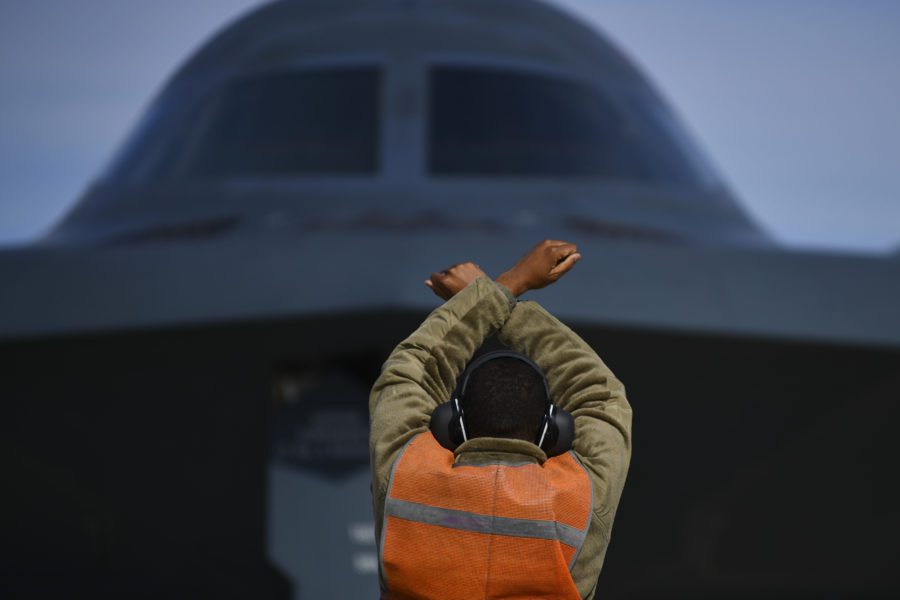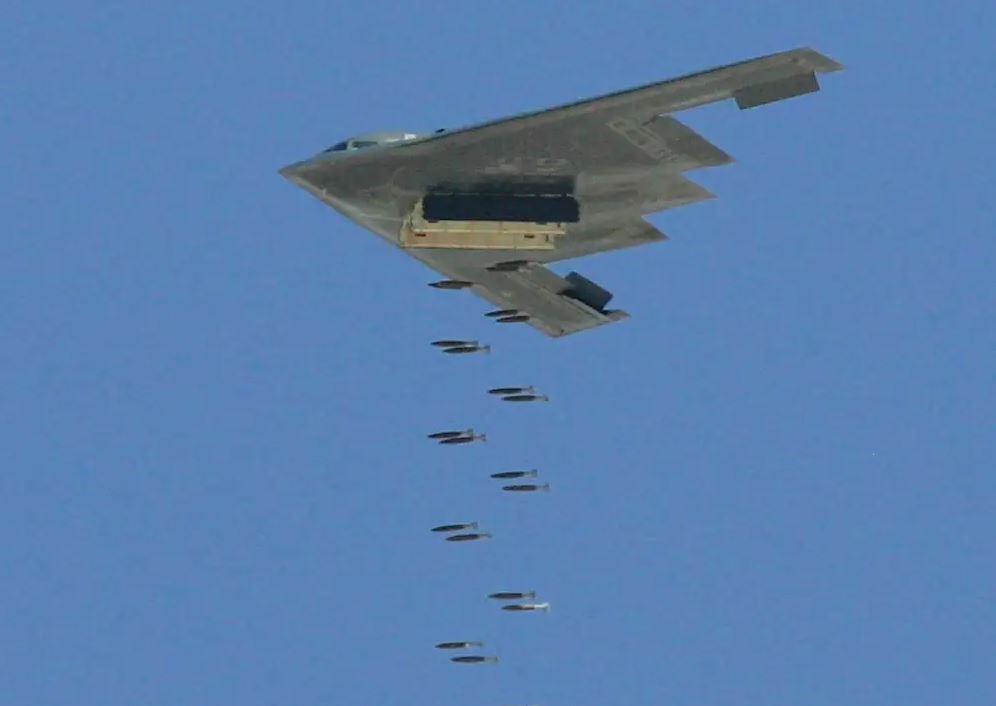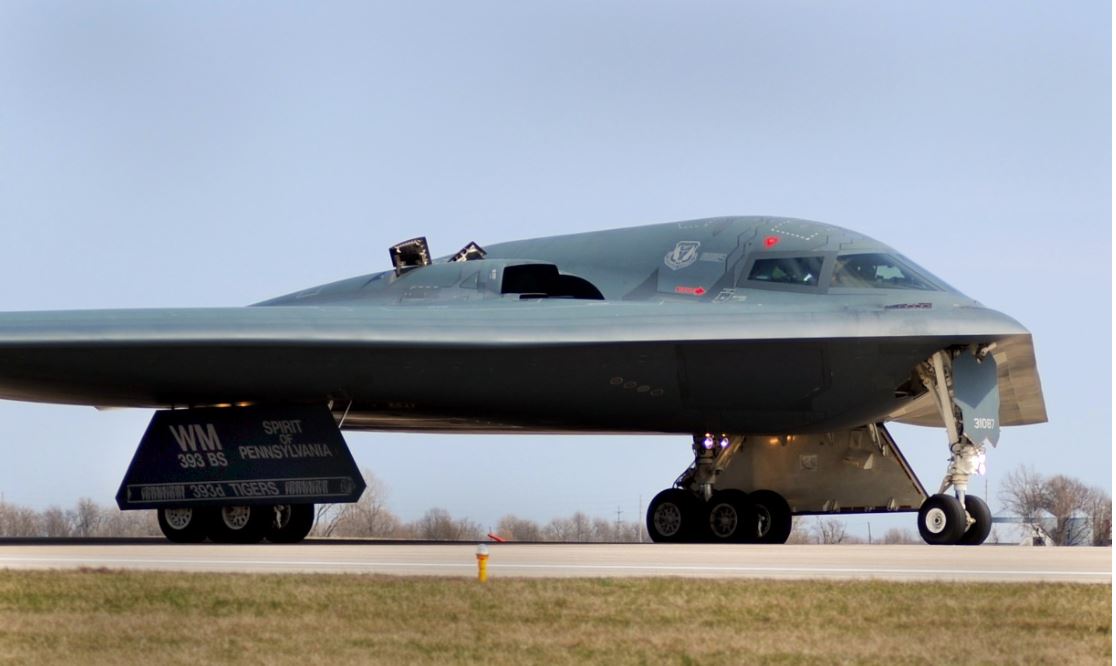Documents on the Air Force budget indicate that spending on B-1 and B-2 bombers will decrease until the end of the 2020s, while the focus will be on the new B-21 and upgraded B-52. Although the B-1 and B-2 may still have some years of service left, the significant reduction in spending over the next five years may make it challenging to maintain their credibility into the 2030s if Congress decides to retain them.
In recent years, Global Strike Command has expressed its intention to allocate limited manpower and fiscal resources to a two-bomber force, consisting of the B-21 and B-52, and retire the B-1 and B-2. The B-1 and B-2 fleets have experienced mediocre mission capability rates in recent years.
Out of the small B-2 fleet, which consists of only 20 aircraft, Global Strike Command can deploy approximately 14 for operations at any given time. The remaining aircraft are either undergoing testing, in depot, or undergoing maintenance. The B-2’s stealth systems, although improved over the past decade, still present challenges and require a significant amount of maintenance man-hours. The B-21 is expected to have better availability, as Chief of Staff Gen. Charles Q. Brown Jr. described it as a “daily flyer” during the aircraft’s unveiling in December 2022. Additionally, the B-21 will require a smaller workforce.

Less than two years ago, the B-1 fleet was reduced to 45 aircraft, but the maintenance manpower and funding for the 17 retired airplanes were retained to enhance the mission capability of the remaining aircraft.
The Air Force’s budget request includes $284.9 million for B-2 procurement in the Future Years Defense Plan, covering fiscal years 2024-2028. The funding will start at $107.9 million in FY ’24, decrease to approximately half at $57.16 million in 2025, slightly decrease over the next two years, and then sharply drop to $15.78 million in 2028. The budget indicates that no further funding is expected beyond that point.
Research, development, test, and evaluation for the B-2 will also experience a significant drop, starting at $87.6 million in 2024 and decreasing to $33.14 million in 2025. The funding will continue to decrease to only a few thousand dollars per year until 2028, with no funding allocated afterward.

A substantial portion of the requested funds for the B-2 will be used to upgrade its avionics, communications systems, cockpit displays, weapons, stealth capabilities, training equipment, and supportability initiatives.
Aircraft that were modified to test the canceled Defensive Management System will be restored to their original configuration to match the other aircraft in the fleet.
The Air Force plans to conduct a study on various structural, avionics, and engine modifications, as well as advanced weapons integration and advanced communications, to improve the aircraft’s performance and reduce maintenance man-hours and logistics requirements. A cryptological upgrade will also be implemented for the B-2.
Supportability funding will be utilized to identify and resolve specific issues that contribute to non-mission capable rates, aiming to improve the bomber’s availability.
Funding will also be allocated for stealth improvement through the Low Observable Signature and Supportability Modifications (LOSSM) program. This program will enhance a wide range of low-observable materials and structures, along with providing radio frequency diagnostic tools, evaluation systems, and other crucial support equipment. These investments are expected to have a significant impact on reducing B-2 operating costs and increasing availability.

Additional enhancements include an upgraded identification, friend or foe (IFF) system, improvements in training systems and simulators, and initiatives to address challenges with sourcing parts and supporting end-of-life software. The Air Force aims to transition to a sustainable and cyber-resilient modular, common open system architecture.
Funds allocated by Congress in fiscal year 2023 will be utilized to explore commercial technologies such as autonomous robotics perimeter defense systems, 5G testing support, and advanced software tools.
Regarding the B-1, the Air Force’s procurement funding request is $12.8 million for fiscal year 2024, which decreases to $3.31 million in 2025, $4.74 million in 2027, and approximately $1 million annually in 2027-2028. Research, development, test, and evaluation funding for the B-1 amounts to $32.68 million across the entire Future Years Defense Plan, with a focus on 2024 and 2025, and minimal funding in 2027 and 2028.
According to the budget justifications, the B-1 is expected to remain in service beyond 2037.

The Air Force is creating a “digital twin” of the B-1B to explore new sustainment technologies developed using digital methods.
The funding includes urgent radio upgrades to maintain secure communication with ground and air forces, considering the decommissioning of certain satellite support and other time-critical changes. Improvements will also be made to cryptological systems and addressing challenges with sourcing parts. Substantial development and testing of hardware and software will be required.
The B-1 will also receive equipment to accommodate new weapon systems, particularly hardware and software for external carriage of hypersonic weapons. However, it is not specified whether these weapons will be the AGM-183 Air-Launch Rapid Response Weapon (ARRW) or the Hypersonic Attack Cruise Missile developed by Raytheon and Northrop Grumman, as mentioned in the Air Force budget documents.